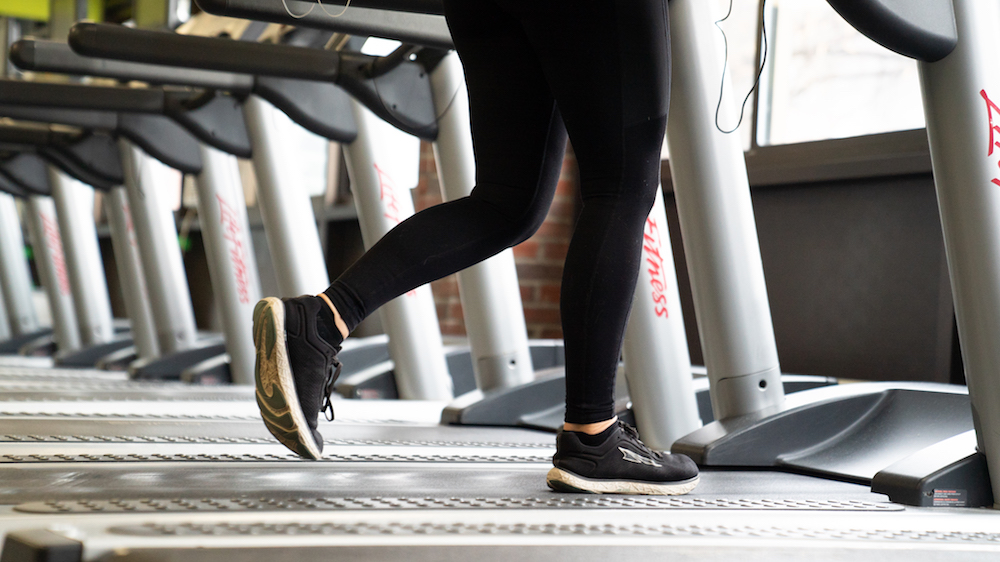The earliest recorded shoes date back to 8000 BC, made of sagebrush bark. Millenia from when the first shoe was created they still protect our feet, provide support, and give us the advantage we need in our exercise. It is important to have the correct shoe when performing certain exercises. You wouldn’t use a screwdriver to pound in a nail, or a hammer to grease a hinge. The proper tools are just like the proper shoe, careful selection is needed for the task to be accomplished. Let’s discuss how you can find the proper training shoe.
Weight Lifting Shoes
Performing any variation of a squat or lunge requires a stable base of support to be done correctly. The average person will workout in a pair of sneakers with a big squishy cushion on the bottom. The problem of lifting with sneakers is the cushion creates an unstable base of support, and leads to a suboptimal lift. If you are becoming serious in performing a really good squat it is best to invest in a pair of ‘lifters’. Lifting shoes have a completely flat sole, creating a stable base of support for the entire body. You can feel the immediate change in your stance after putting them on. The shoe will keep you closer to the ground and depending on the lifting shoe it will raise your heel a couple centimeters. The raised heel will allow for greater squat depth through a greater range of motion about the ankle.
I suggest getting weightlifting shoes for any person looking to improve their squat technique and who are looking for that next level of fitness.
Deadlifting Shoes
Wearing a pair of weight lifting shoes for the deadlift will actually inhibit your technique. The raised heel in the shoe will place the body farther away from the bar and decrease the leverage needed for the lift. The best shoe for the deadlift is Converse Chuck Taylors. The shoe is flat to the ground providing the best advantage. The next best option is to simply lift barefoot. Lifting barefoot will put your body close to the ground and you will be able to feel the ground with your feet. Feeling the ground will give you the advantage of cueing yourself to externally rotate your ankles and hips as you lift the bar. Think of “cork screwing your feet into the ground”. This will create more leverage to allow better form and the capability of moving more weight.
A majority of gyms allow their members to lift barefoot as long as you have socks on and do not walk around the entire gym barefoot. Remember to spray down the floor after you are done lifting, people will greatly appreciate it.
Shoe for Cardio
Picking the correct shoes for running, biking, or the elliptical is a daunting task. There are thousands of different brands and models to choose from. If you have already found a sneaker that works well for you, buy three pairs because eventually the model will get discontinued within a couple years.
The key feature to look for in a cardio shoe is the ‘heel to toe drop’. This is the measure of height change from the heel of the shoe to the toe of the shoe. Ideally you want between 4mm to 0mm. Many sneakers have a very high toe drop of about 9mm, so start with a 4mm drop if you are making the change. A lower heel-toe drop will help strengthen your achilles and keep it from being in a shortened position when you workout.
If you are still lost on where to start in getting a new shoe, go to a local running store where they can properly fit your foot to the right shoe. The proper shoe will not magically fix all your technique flaws but it’s a step in the right direction.
The trainers at Fit Focus are always walking the floors looking to fix poor technique and talk about shoes. Have an open mind with the trainers and you will be pleasantly surprised with how your technique changes!


